Rich Cultural Relics Shed Light on Ancient China Dating back 3,000 Years
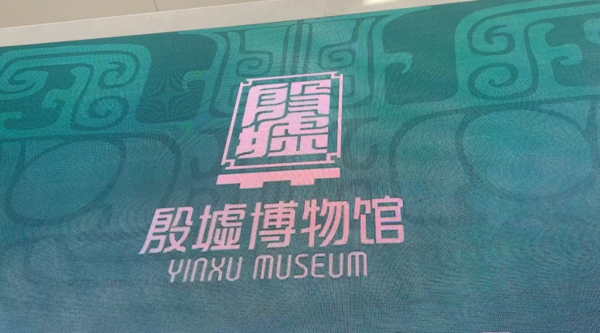 |
| Click the photo and watch the video. |
* A new building of the Yinxu Museum in Anyang, central China's Henan Province, officially opened to the public on Monday.
* The Yin Ruins is the first documented late Shang Dynasty capital site in China, as confirmed by archaeological excavations and oracle bone inscriptions.
* In recent years, China has been stepping up efforts in the excavation, utilization and protection of the cultural relics.
ZHENGZHOU, Feb. 26 (Xinhua) — A new building of the Yinxu Museum in Anyang, central China's Henan Province, officially opened to the public on Monday.
Located near the archaeological site of the Yin Ruins, which is the location of the last capital of the Shang Dynasty (1600-1046 B.C.), the expanded Yinxu Museum is the first national major archaeological museum to comprehensively present the Shang civilization.
The new building, with a total investment of 1.06 billion yuan (about 149 million U.S. dollars), boasts an exhibition area of 22,000 square meters, where nearly 4,000 items or sets of cultural relics, including bronzeware, pottery, jade objects, and oracle bones, are on display.
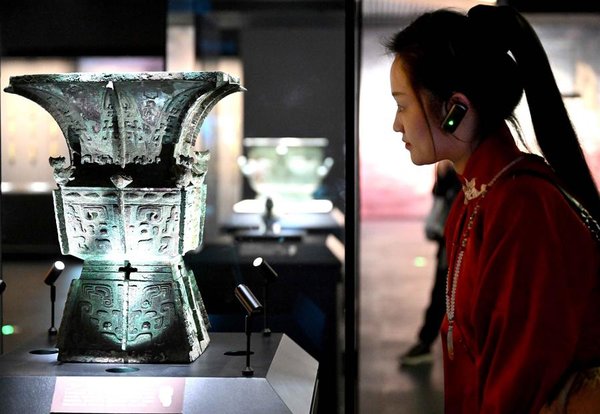 |
| A visitor looks at an exhibit at the new building of Yinxu Museum in Anyang, central China's Henan Province, Feb. 26, 2024. [Xinhua/Li An] |
About three-fourths of these relics are being exhibited for the first time to the public, along with multiple new achievements reached in relevant archaeological endeavors.
The museum's old building was constructed in 2005. As archaeological work at the Yin Ruins continued to yield results, the building's mere 1,500-square-meter exhibition area became insufficient to effectively conserve and showcase the relics. This sparked the planning of the new building, and its construction began in November 2020.
The Yin Ruins is the first documented late Shang Dynasty capital site in China, as confirmed by archaeological excavations and oracle bone inscriptions. It is also the ancient capital site with the highest frequency of archaeological excavations and the longest duration of exploration in China.
In 2006, the Yin Ruins was added to the World Heritage List by UNESCO.
The archaeology work on the Yin Ruins has gone through a course of nearly a century. In 1928, China began its first excavation of the ruins. After the founding of New China in 1949, over a million pieces of cultural relics were unearthed there, including more than 50,000 precious cultural relics.
The new building of the Yinxu Museum displays many exquisitely made and beautifully decorated bronze wares, a testament to the great prosperity during the Chinese Bronze Age.
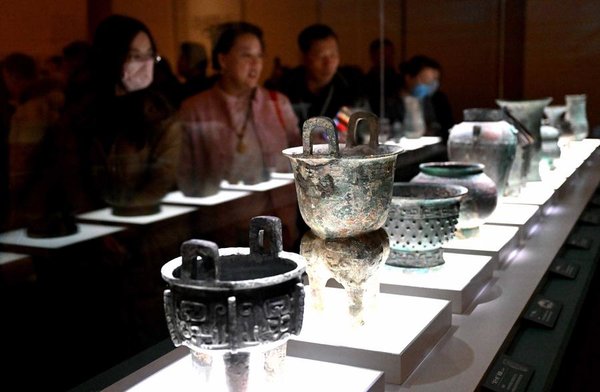 |
| Visitors view exhibits at the new building of Yinxu Museum in Anyang, central China's Henan Province, Feb. 26, 2024. [Xinhua/Li An] |
While inheriting the techniques of the previous dynasty in bronze casting, people in the Shang Dynasty created more diverse casting models and decorative patterns, said Zhao Qingrong, deputy director of the Yinxu Museum.
"The Shang Dynasty was a dynasty with great innovative spirit. It is precisely because of the continuous innovation and inclusiveness in the Shang Dynasty that the Yin Ruins reached the glorious stage of the early civilization of the Chinese nation," said He Yuling, deputy director of the Anyang workstation of the Institute of Archaeology, the Chinese Academy of Social Sciences.
Oracle bone inscriptions are also among the relics unearthed at the Yin Ruins. The inscriptions, considered the origin of the Chinese characters and representing the oldest fully-developed system of characters, retained evidence of the Chinese written language from 3,000 years ago, helping to extend recorded Chinese history to nearly 1,000 years earlier than previously believed.
At present, more than 160,000 pieces of oracle bone scripts have been unearthed there, and about 4,500 characters have been discovered, of which about a third have been identified.
The Yin Ruins gathers the three civilization elements of city, metallurgy and writing, which nurture the history of Chinese civilization, said Wang Wei, chief expert of the project to trace the origins of Chinese civilization.
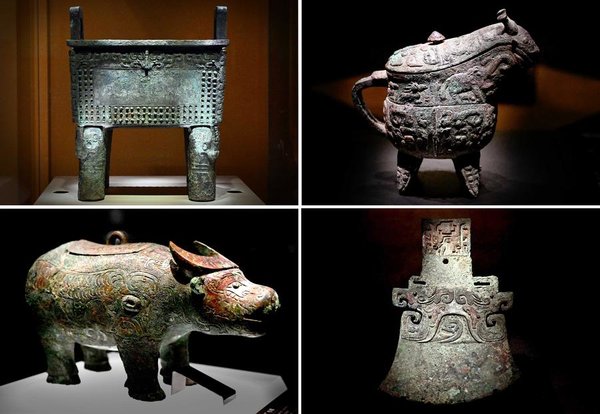 |
| The combo photo shows exhibits at the new building of Yinxu Museum in Anyang, central China's Henan Province, Feb. 23, 2024. [Xinhua/Li An] |
In recent years, China has been stepping up efforts in the excavation, utilization and protection of the cultural relics.
Since the beginning of this year, Wang Mengheng, a 26-year-old graduate student from the Chinese Academy of Social Sciences, has been engaged in the archaeological and preservation work of the Yin Ruins.
"The Yin Ruins, a treasure of civilization 3,000 years ago, is a sacred place for Chinese archaeologists. At present, many new ideas, methods and technologies are being applied in its preservation," said Wang. "I hope I can use my knowledge to contribute to further revealing, presenting and restoring a comprehensive and vivid Shang civilization."
He Yongxian, a 65-year-old villager from Xiaotun, Anyang, also partakes in the preservation of the ruins. As the Party chief of Xiaotun Village and a full-time cadre of cultural protection, he inspects key areas of the ruins almost every day to deal with and report problems in time.
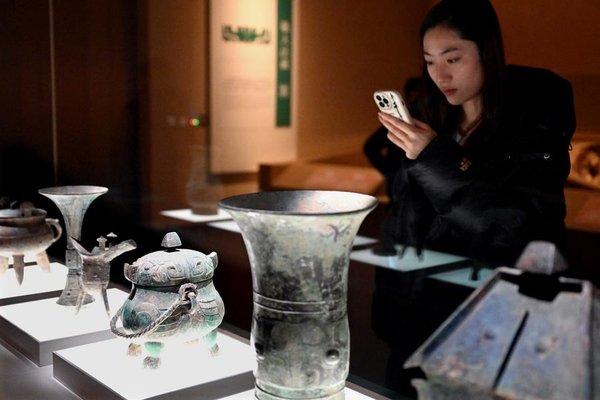 |
| A visitor takes a photo of exhibits at the new building of Yinxu Museum in Anyang, central China's Henan Province, Feb. 26, 2024. [Xinhua/Li An] |
Currently, the Yin Ruins management committee has divided 66 villages within its jurisdiction into 178 protection areas, employing more than 360 people for the preservation of the cultural relics.
In October 2021, the revised protection regulations of the Yin Ruins were officially implemented, providing the legal guarantee for strengthening the site protection, archaeological research, exhibition and utilization.
The protection efforts are bringing vitality into the ancient cultural relics, attracting a growing number of visitors to get a glimpse into the remarkable achievements of the splendid Chinese civilization.
During the eight-day Spring Festival holiday, about 150,000 people visited the ruins.
Video reporters: Ren Zhuoru, Yuan Yueming, Yang Jing;
Video editors: Jia Xiaotong, Liu Xiaorui, Zheng Xin
(Source: Xinhua)
Please understand that womenofchina.cn,a non-profit, information-communication website, cannot reach every writer before using articles and images. For copyright issues, please contact us by emailing: website@womenofchina.cn. The articles published and opinions expressed on this website represent the opinions of writers and are not necessarily shared by womenofchina.cn.


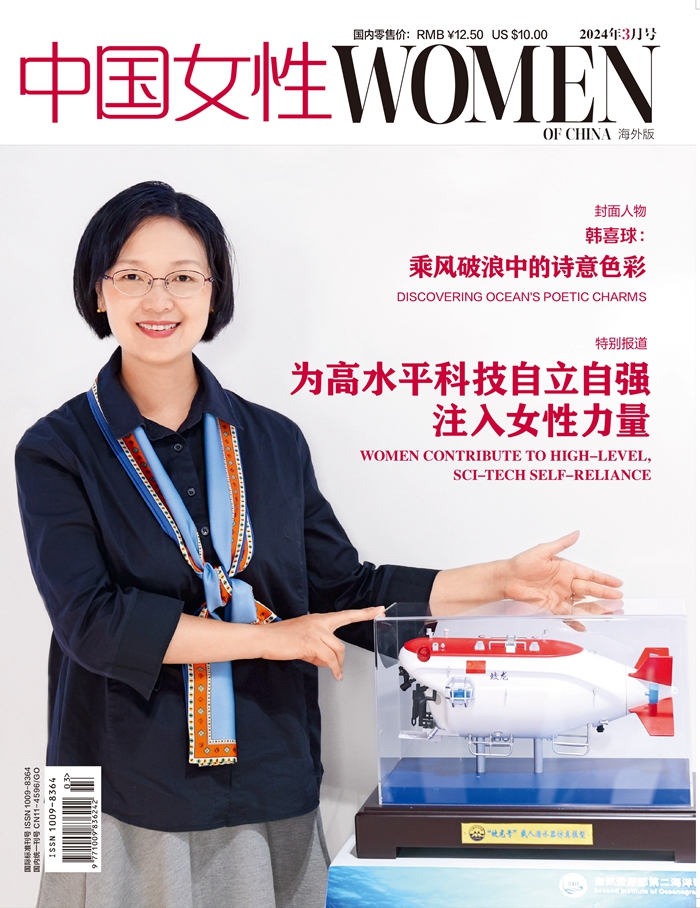
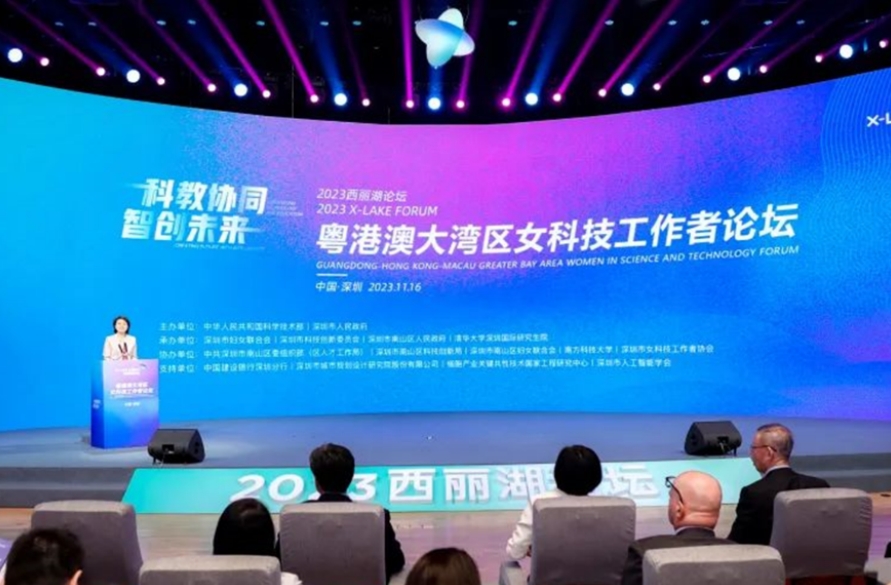




 WeChat
WeChat Weibo
Weibo 京公网安备 11010102004314号
京公网安备 11010102004314号